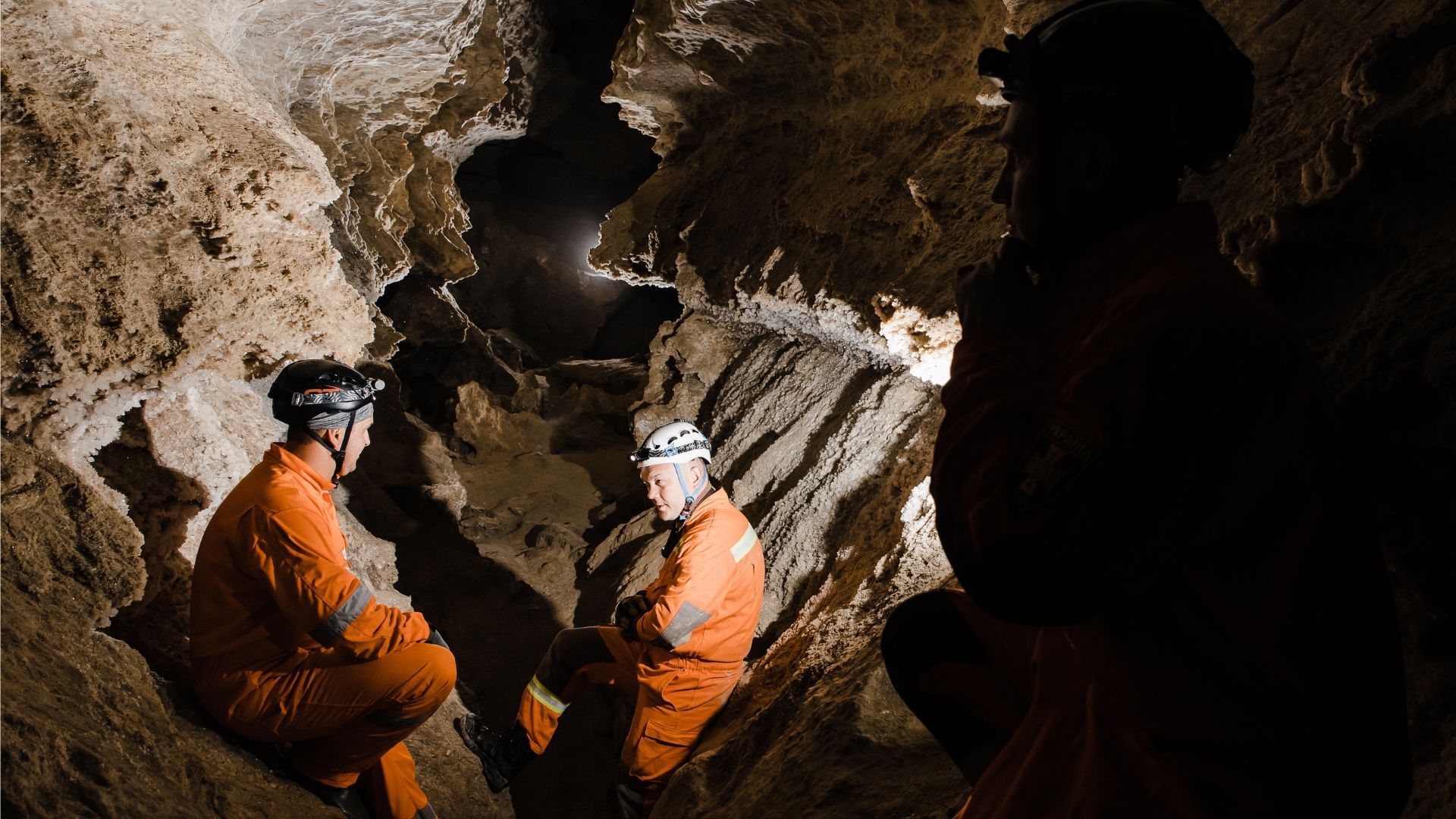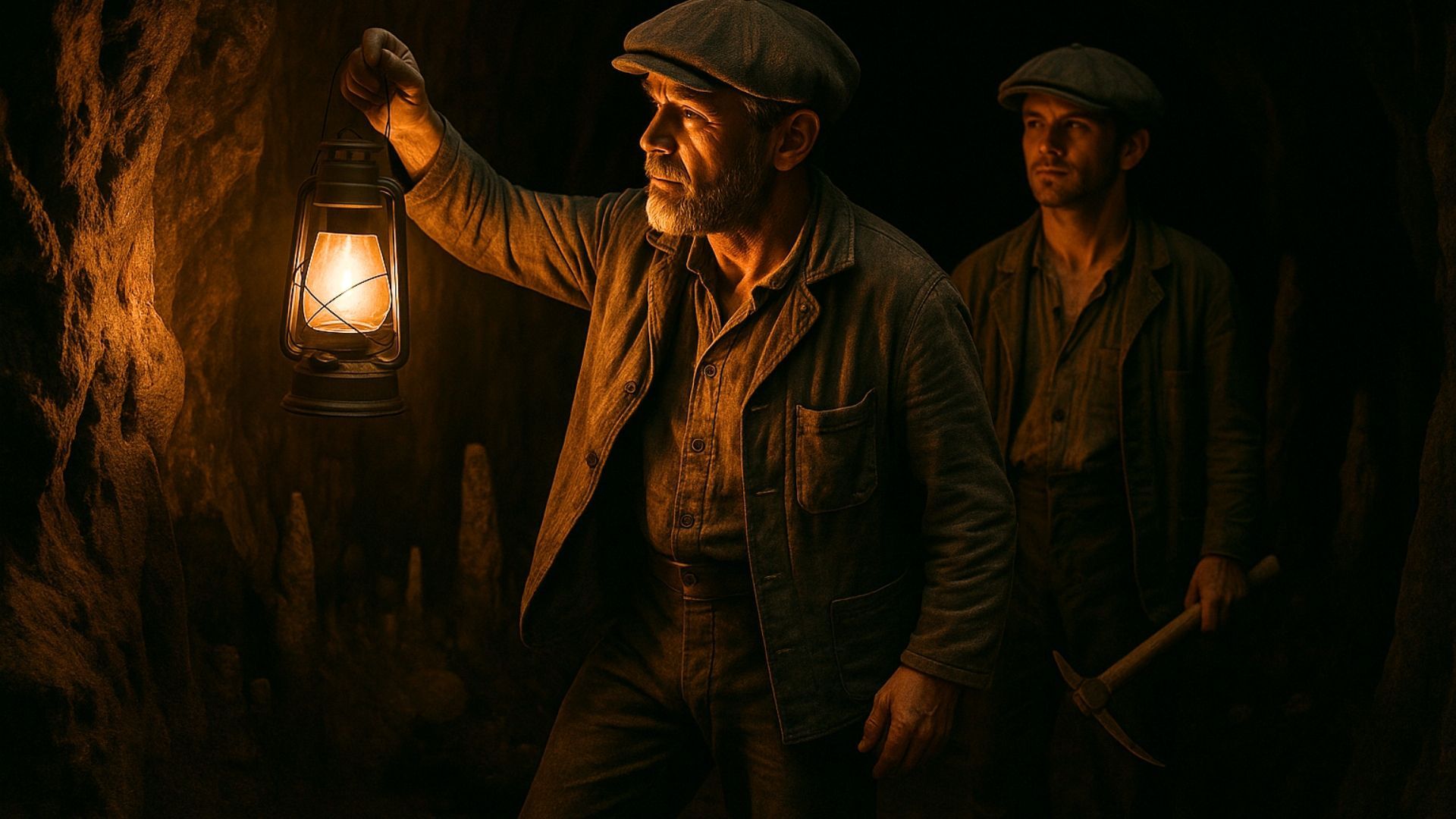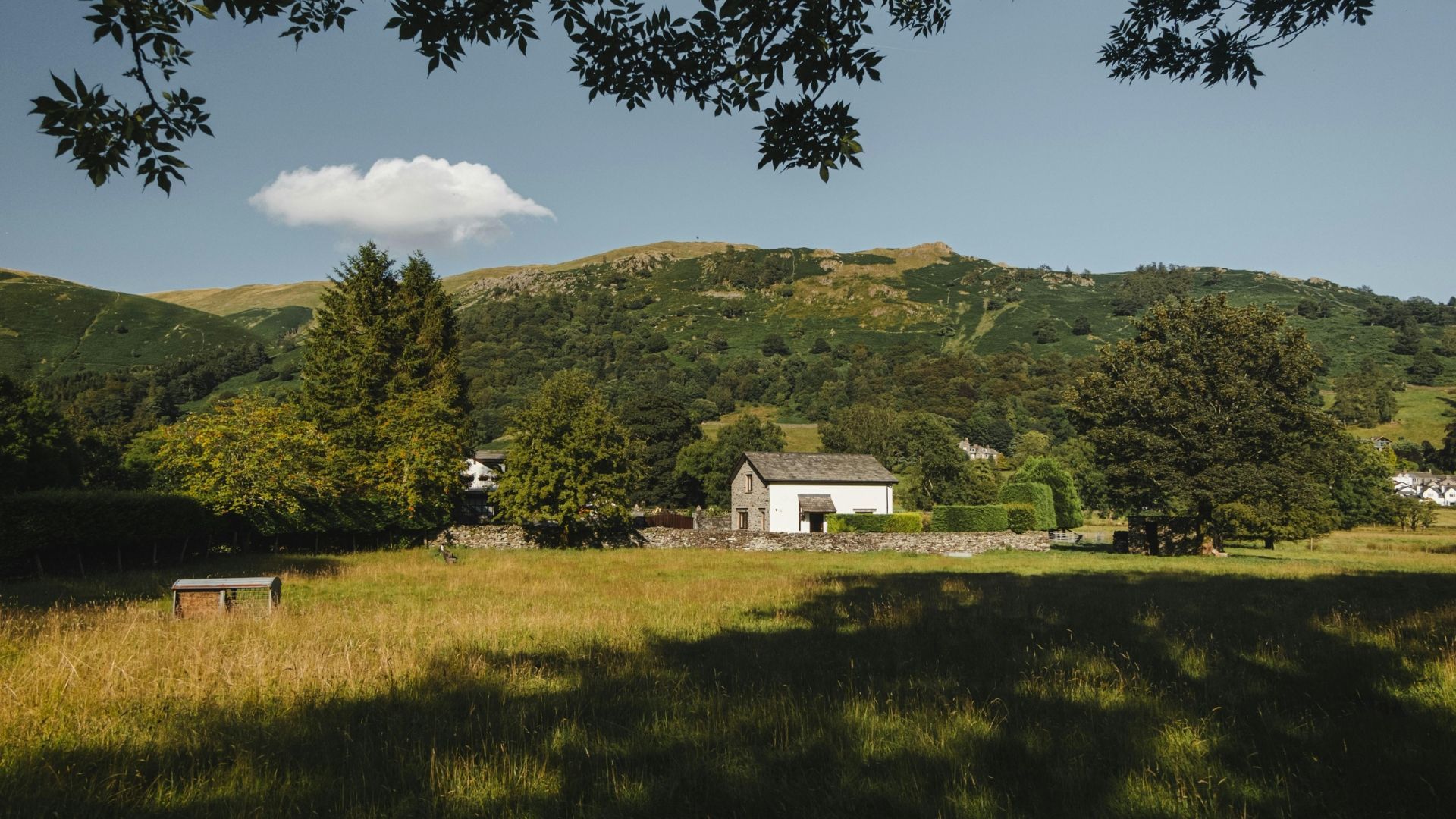How is amber formed – and what can it tell us about our ancient past? Find out in our 5-minute guide.
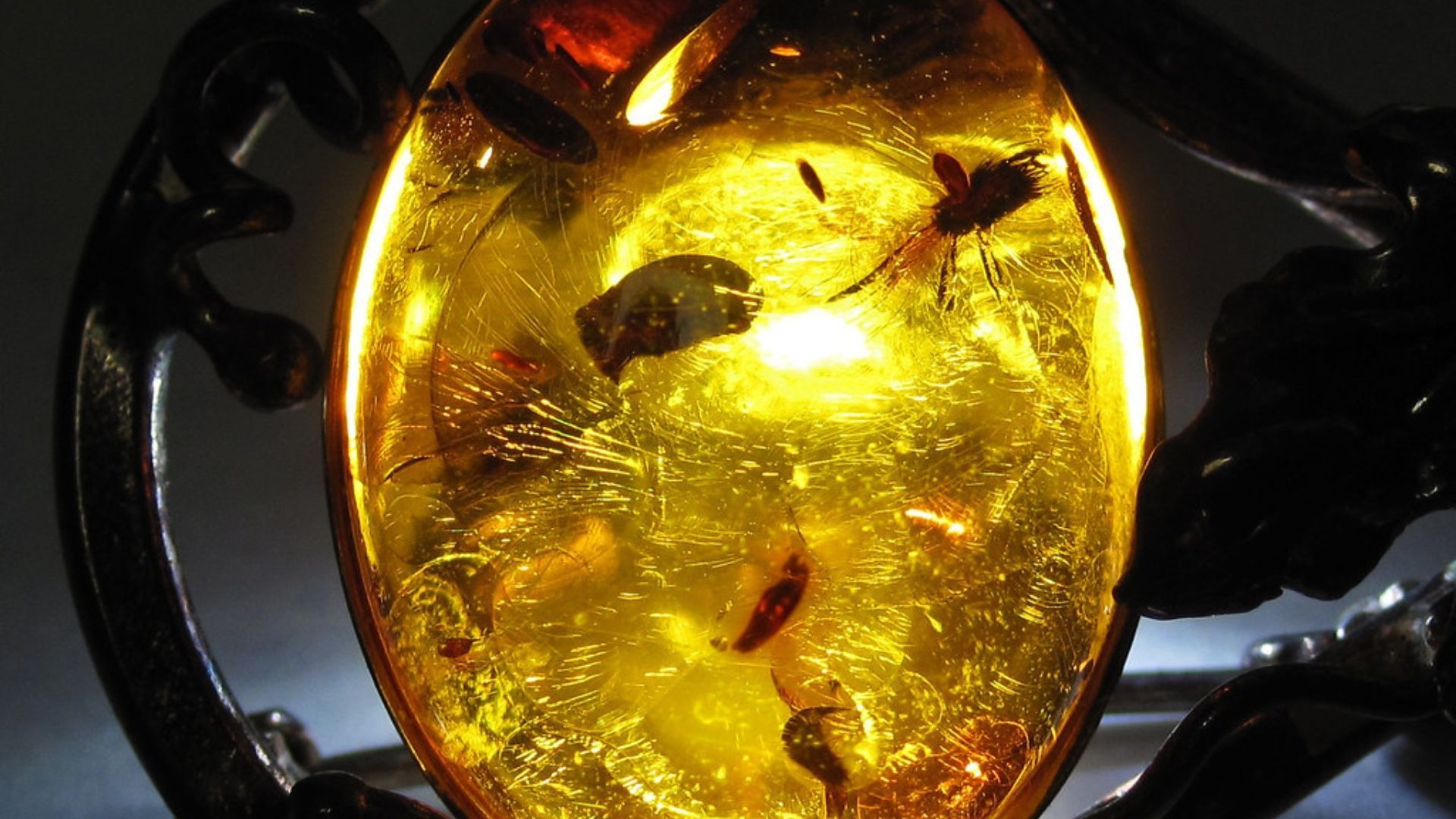
No Halloween display would be complete without creepy crawlies. They're as essential to the season as pumpkins, witches' hats and trick-or-treaters.
It's a time of year when plastic bugs are in abundance. But another incredible source of these wintry wonders is amber: an ancient natural "plastic" that takes thousands of years to form.
Here at Stump Cross Caverns, we're crazy about geology. The chambers and passageways that make up our cave network are a living relic – a slice of ancient history you can walk about in.
The stalactites and stalagmites that hang from the rock roofs are time capsules, giving us a remarkable window into the past.
For the last 200 years, palaeontologists have been using amber in a similar way. Because of its propensity to trap and preserve animals, it helps these scientists understand what life was like thousands of years ago.
In this article, we dive head-first into the wonderful and spooky world of amber.
What is amber?
Some woody plants secrete a kind of viscous liquid called resin. This is a sticky substance with a difference. It doesn't dissolve in water and it hardens when exposed to the air.
For trees and plants, resin is like a scab. It oozes from cracks, hardening in order to protect the organism from pathogens.
Once hardened, it's used to make everything from coasters to keychains. It's also used by violinists, who apply it to their bows. This helps the bow to grip the strings and create a clear sound.
Before it hardens, however, it has a tendency to trap sticky little animals. The resin then oozes into water, sand or silt with the animal still trapped inside it.
Over thousands of years, this resin gets buried deeper and deeper underground. The result is a hard, glassy substance that we know as amber.
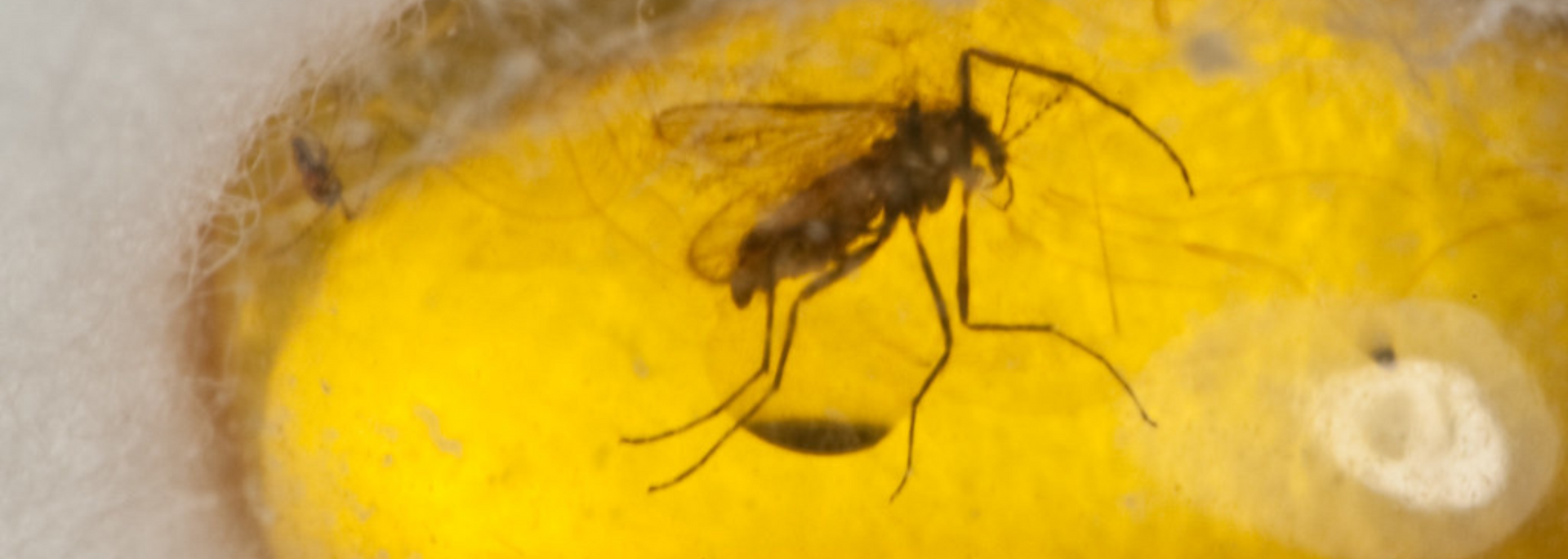
The astonishing thing is that, despite the passage of time, the animals are still there. This is why you get bits of amber containing creepy crawlies and pieces of plant matter – translucent tombs for ancient life.
What has been found in amber?
A huge range of little creatures have been found in amber: insects, arachnids, plants, crabs, nematodes, fungi and microorganisms. Scientists have also unearthed fragments from bigger animals.
Samples from the Baltic coast have revealed more than 3,500 species of arthropods, including more than 650 types of spiders. Most of these are believed to be between 34 and 38 million years old. One of the oldest and most remarkable finds was a gecko estimated to be 54 million years old. Wow!
Meanwhile, specimens of Dominican amber have been found to contain more than 1,000 fossil species. These include over 400 insect species and 150 spider species.
Most of the animals found in Dominican amber are tiny, squishy invertebrates. But occasionally, scientists will find vertebrates. One rare find was an ancient salamander.
Burmese amber has thrown up an array of freakish specimens. These include "hell ants" caught mid-meal, an ammonite, a baby bird and a bit of dinosaur tail.
Amber has deepened our knowledge of dinosaurs. In 2011, for instance, dinosaur feathers were found in a piece of amber in Canada. This discovery was especially noteworthy as the feathers retained their colours: grey, white, red and brown.
All this talk of dinosaurs brings to mind
Jurassic Park –
and in fact, the popularity of that film saw a huge uptick in amber sales.
The film centres on a group of scientists who use DNA found in a piece of Dominican amber to bring dinosaurs back to life. To this day, many shops in the Dominican Republic proudly display posters for the film.
It's important to note, however, that amber preserves animals but not their DNA – so a real-life Jurassic Park is still a long way off.
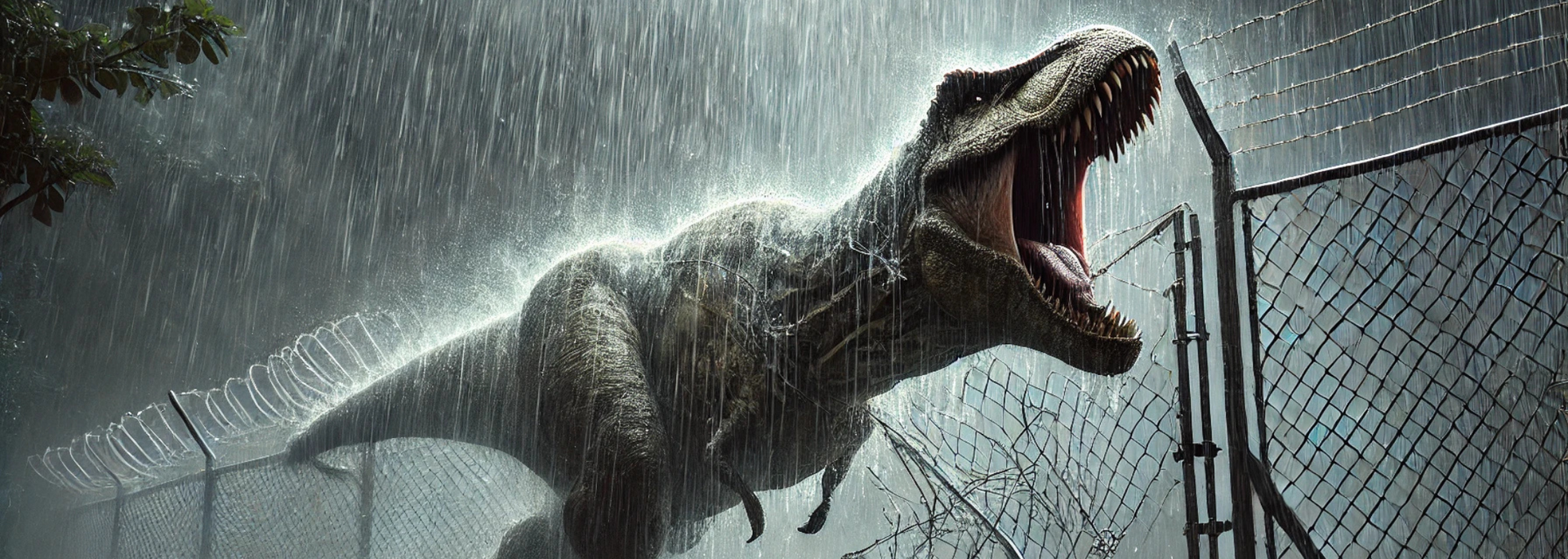
Is all amber translucent?
The simple answer is "no". Most amber is translucent. However, opaque samples do exist.
And when we say opaque, we mean
opaque. Their insides aren't just invisible to the human eye – they can't be seen by microscopes, either!
There is one way to look inside opaque amber, though. It involves imaging pieces of amber with high-energy synchrotron X-rays. These send charged particles through magnetic fields, which pierce through the outer surface.
This method has been used by European researchers to reveal wasps, flies, ants, spiders and plenty of other little critters. It's not, however, something you can try at home – at least not yet!
Where are amber fossils found?
The most plentiful kind of amber is Baltic amber. Also known as "succinite" after its high levels of succinic acid, these specimens are found on and around the shores of Lithuania, Latvia, Kaliningrad, Poland, southern Sweden, northern Germany and Denmark.
But amber isn't limited to any one region. It can be found all over the world, with significant deposits in Myanmar and the Dominican Republic.
The oldest amber on Earth, however, comes from the USA. Specimens found in an Illinois coal seam are an amazing 320 million years old.
About our fossil digs
At Stump Cross Caverns, we're mad about fossils, gemstones and amber. Like our caves themselves, amber is simply beautiful – but it also teaches us about the prehistoric past in fascinating ways.
That's why we hold regular
fossil digs for kids. At these welcoming, family-friendly events, fossils and gemstones are planted and hunted for. Kids get to make amazing discoveries, have fun with their friends, and learn a thing or two about geology. Neat!
So, if you're looking for an enjoyable, educational experience for your kids,
book for a Stump Cross Caverns fossil dig today. We look forward to seeing you there.




